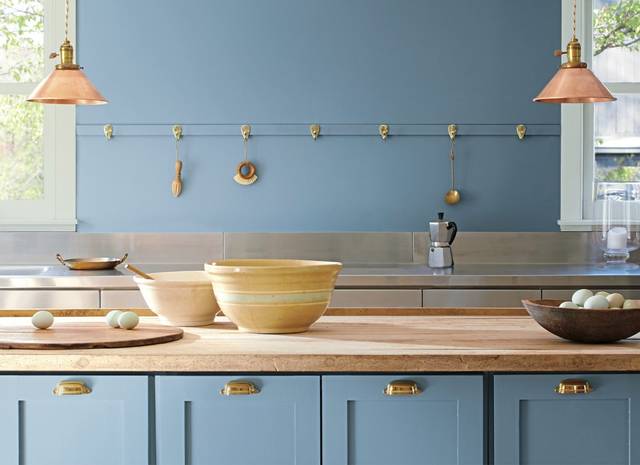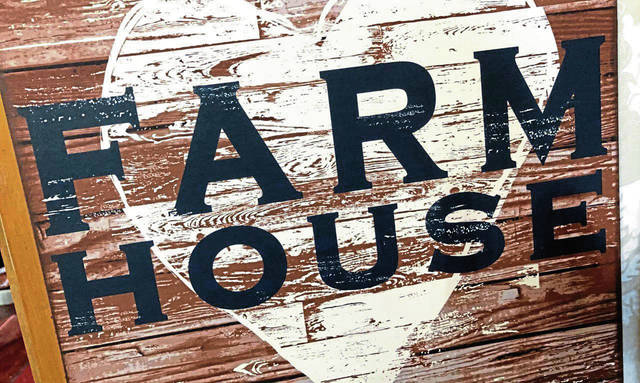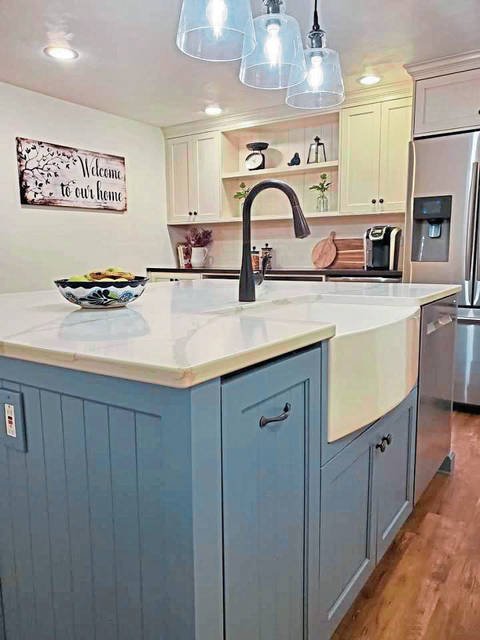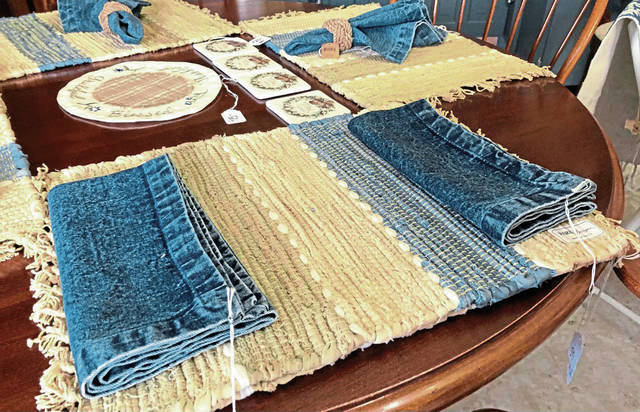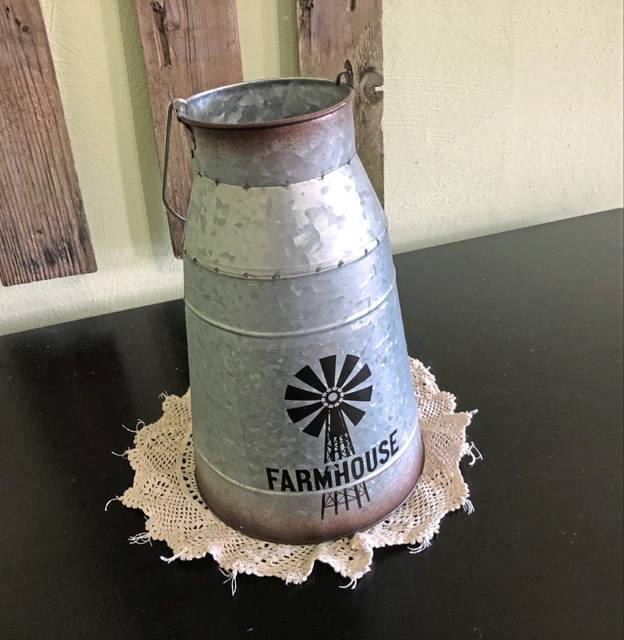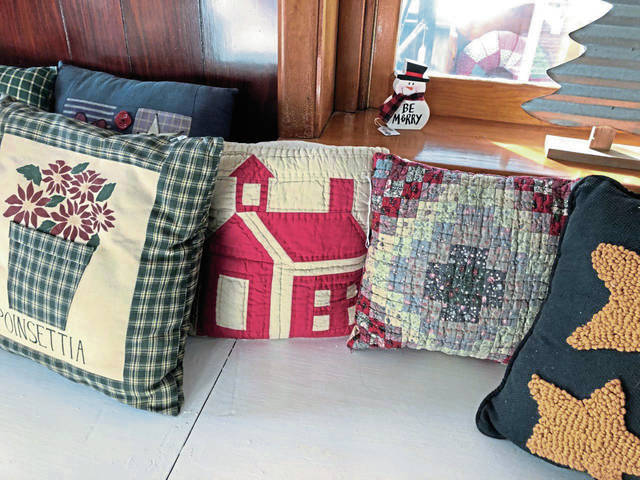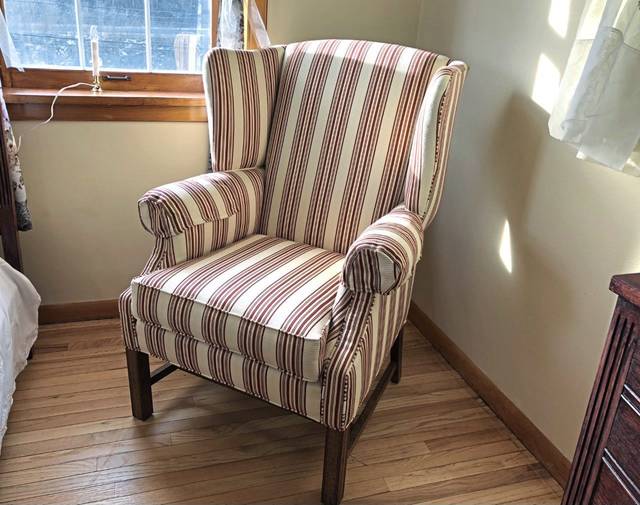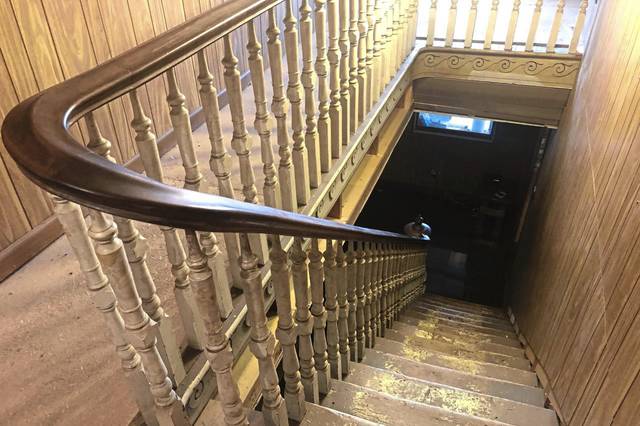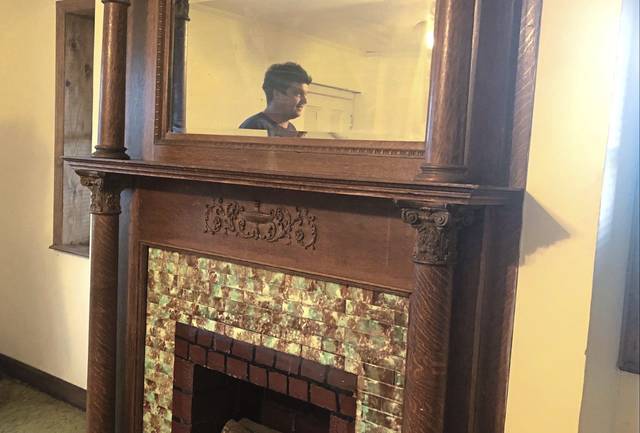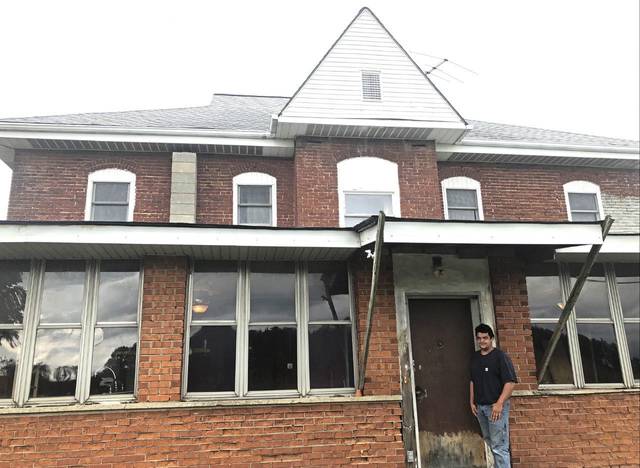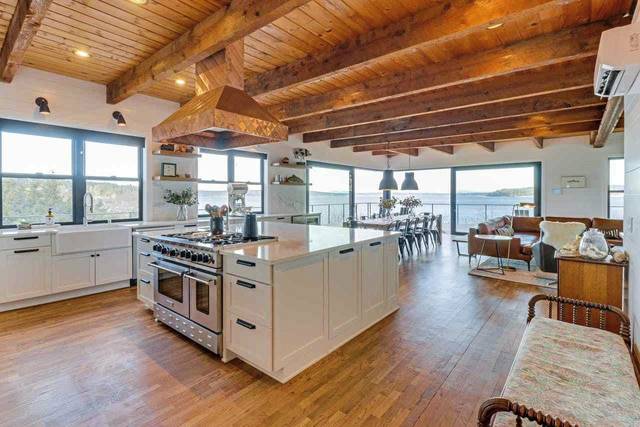Modern farmhouse decor seamlessly blends best of diverse styles
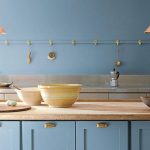
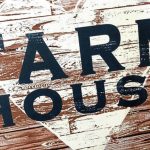
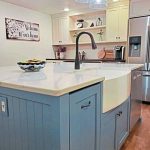
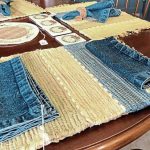
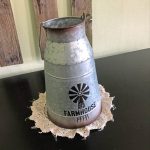
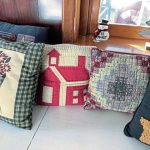
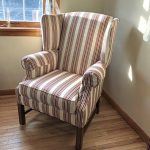




Share this post:
Brothers David and Will Franicola of Madison took on a big project in June when they bought an old farmhouse on 115 acres in East Huntingdon.
Built around the turn of the 20th century, the house needs a lot of work before it will be move-in ready.
“Everything is pretty solid, it just needs some TLC,” David Franicola said of the five-bedroom, two-bathroom structure.
So far, the 20-something pair have been busy working on a barn on the property, but they’ve also been lifting floors and replacing rotten support timbers on the house.
They hope to gut it this winter, David said, getting rid of various renovations made over the years, including carpet and faux-wood paneling dating to the 1960s or ’70s.
Once all that is finished, the fun can begin for their interior designer — their aunt, Janet Franicola. An assistant professor in the Saint Vincent College education department, she has a flair for design that he and Will lack, David said.
And she already has a vision for the final product — what else but modern farmhouse decor?
“We’ll stay with earth tones and paint with light grays and tans,” the signature colors of the style, she said, and then accent with terracotta and greens.
To new furniture, she’ll add pieces collected over the years, such as milk cans, a bench with a tapestry seat and a reupholstered chair that belonged to her grandfather — a mix and match that is another hallmark of the style.
Fabric of life
“The reason (modern farmhouse decor) is so attractive is that you don’t go to Pottery Barn and just pull everything off the shelf,” Janet said. “These pieces are the fabric of your life. You remember things the way they were presented to you, who presented them to you. You never want to let them go.”
Though the terms “modern” and “farmhouse” might seem oxymoronic, the comfortable blend of old and new is part of what makes the style so appealing, said Tiana Vucina, owner of Greensburg-based Vucina Design, which specializes in residential and country club projects.
“It seems to be very popular right now; it’s a going trend,” she said. “A lot of my clients lately have asked for it.”
Modern farmhouse began trending around 2015, according to Better Homes & Gardens, blending “clean lines, neutral color palettes, layered textures and natural materials to create a timeless look that’s bursting with character.”
“I can’t think of anything more comforting than farmhouse. It’s nurturing, it’s warm, it’s livable,” said Valerie Ferguson, a sales representative with Benjamin Moore: Colorize of Pittsburgh and a freelance interior designer and artist.
That’s especially important as the pandemic wears on, Ferguson said: “People want to bring elements of everything wonderful into their homes.”
“Social media has really pushed it. There are a lot of pictures and videos on how to create your own look,” Vucina said. “That’s another great thing about it. It has an achievable element — it can be inexpensively done and look great.”
And it’s a natural fit for Western Pennsylvania, where the landscape is dotted with authentic farmhouses and newer homes that model the style.
Modern vs. traditional
While traditional and modern farmhouse share elements that evoke warmth and welcome, modern farmhouse is a sleeker, updated look. Think simple instead of sumptuous, arty rather than crafty.
The interior design blog Modsy says it blends the best of rustic, industrial and midcentury modern features.
The style tamps down the rustic and amps up the sophistication level with contemporary elements such as stainless steel appliances, sleek lighting and soapstone and marble countertops, rather than granite.
Traditional farmhouse decor relies on abundance — walls and shelves full of decorative items, lots of throw pillows and mixed colors and patterns in furniture, window treatments and wall coverings. Think barnyard animals, checks and fruit-themed wallpapers.
Less is more in modern farmhouse design, which shares elements with spare Scandinavian style. The lines are cleaner and the finishing touches are fewer and more carefully curated. Wood is still popular, but so are metals.
Colors
The palette is built on gray and greige (gray-beige), along with blues, greens and purples with subtle gray undertones, and matte, rather than glossy, finishes.
Gray is the basis for the 2021 colors of the year from Benjamin Moore and Sherwin-Williams. Benjamin Moore’s Aegean Teal is a midtone blend of blue-green and gray, while Sherwin-Williams’ Urbane Bronze is a gray with deep brown/bronze undertones that appears almost black in certain lights.
Other neutrals, including earth tones and pastels, also are popular. Shades of navy, jewel tones and other rich colors can provide accents.
Building blocks
Thinking of creating your own modern farmhouse look? Here are the basics from Modsy:
• Build on a foundation of neutral colors.
• Play with contrasts in color, design styles, materials and finishes.
• Mix old and new furniture styles.
• Opt for natural materials in furniture and floor coverings.
• Look for weathered finishes that add warmth, texture and character.
• Embrace minimal styling.
Decorating don’ts
To avoid making your modern farmhouse look kitschy or cliched, heed these tips from the interior design website Decor Aid:
• Toss out the way-too-literal Mason jars and add copper pots, enameled metal plates or an iron kettle.
• If it looks like a prop (think pub decor), don’t use it.
• Barn doors are costly, overdone and impractical, and the look is already dated.
• Unless signage has a meaningful personal reference, don’t use it.
• Go easy on the shabby chic — it won’t elevate your look and, if a piece is in bad-enough shape, it’s going to need to be replaced anyway.


